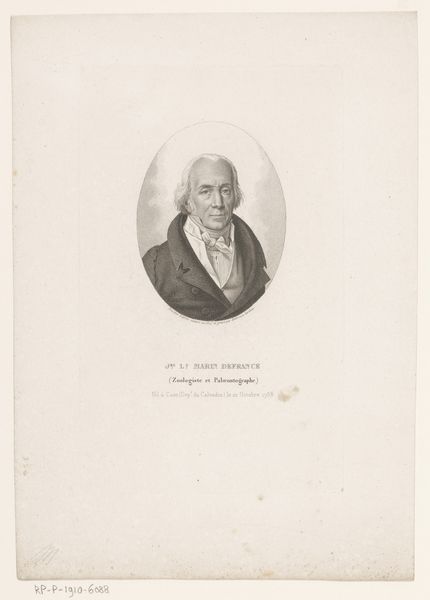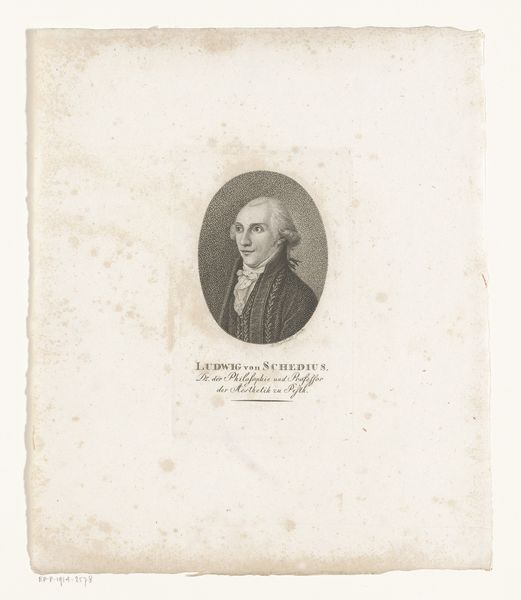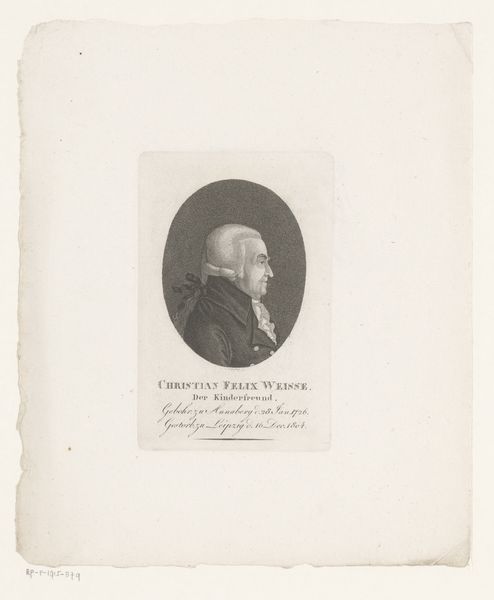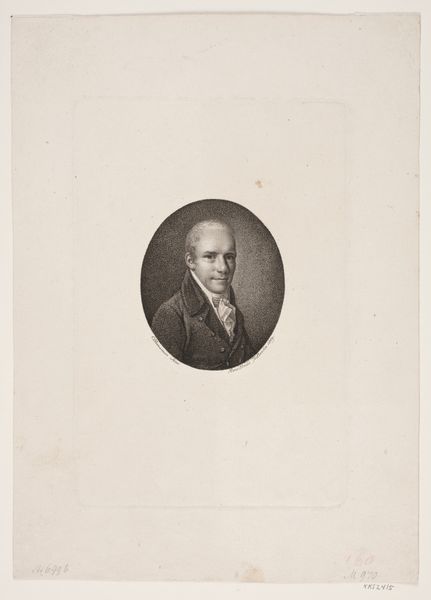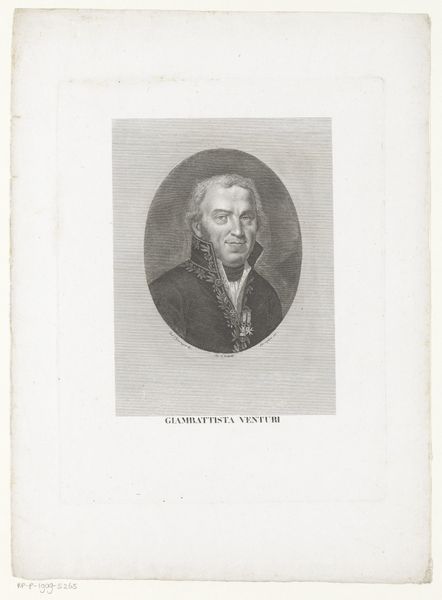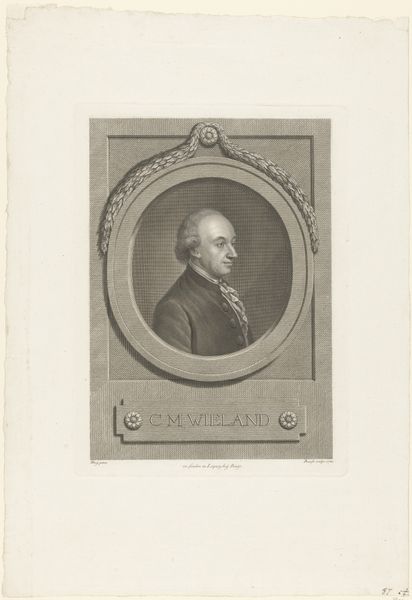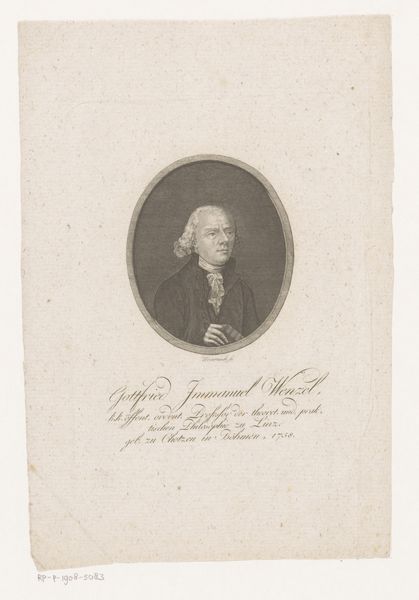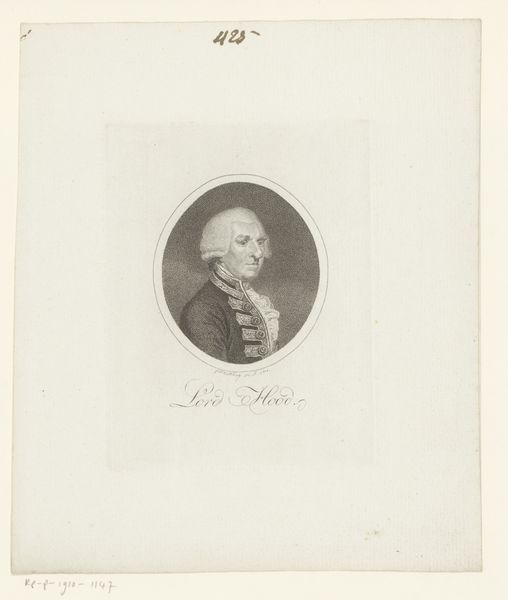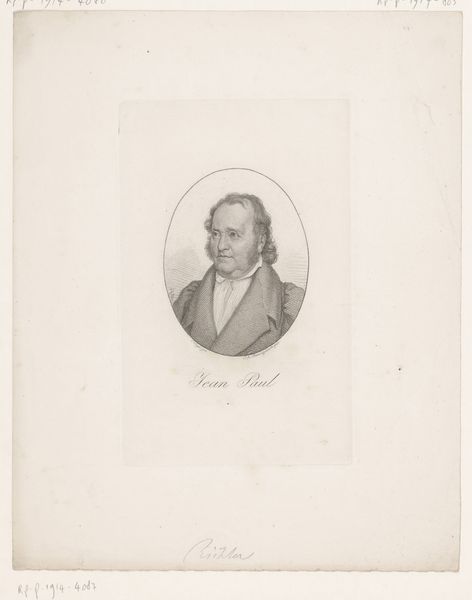
print, paper, ink, engraving
#
portrait
#
neoclacissism
# print
#
paper
#
ink
#
engraving
#
realism
Dimensions: height 173 mm, width 128 mm
Copyright: Rijks Museum: Open Domain
Editor: Here we have a portrait of Johann August Otto Gehler, made between 1822 and 1835 by Johann Christiaan Böhme, using engraving with ink on paper. It's interesting how a sense of realism is achieved using relatively simple means. What stands out to you? Curator: I'm immediately drawn to the printmaking process itself. Think about the labor involved in meticulously carving those lines into a plate, the pressure exerted during printing, and the dispersal of the image through reproduced copies. The materials used, ink and paper, although modest, played a vital role in disseminating knowledge and shaping social perceptions during this period. How does that material context influence your understanding? Editor: I suppose it makes it feel less precious? Knowing it was reproducible shifts the focus away from the individual artwork towards the broader impact of the image. Curator: Exactly. The act of printing transforms this from a unique "artwork" into something accessible. Consider how portrait engravings like this helped solidify the status of the individual within a rapidly changing social order. Were these engravings luxury items, or relatively widespread? Who had access to them? Editor: Good point. I'm not sure about this specific engraving. If it was widely distributed it definitely affected how Gehler was seen by the masses. Was there some kind of celebrity culture already forming? Curator: The print becomes a commodity. Its value stems less from its aesthetic beauty than from its role in constructing and circulating celebrity and, by extension, power. It blurs the boundaries between art, craft, and mass production, inviting us to consider who controls the means of representation. Editor: So, it's not just about Gehler, it’s also about the social function of creating and distributing his image. I will never look at old portraits the same way again! Curator: I find that really empowering: when we can grasp what artwork represented, we get a deep insight into history.
Comments
No comments
Be the first to comment and join the conversation on the ultimate creative platform.
